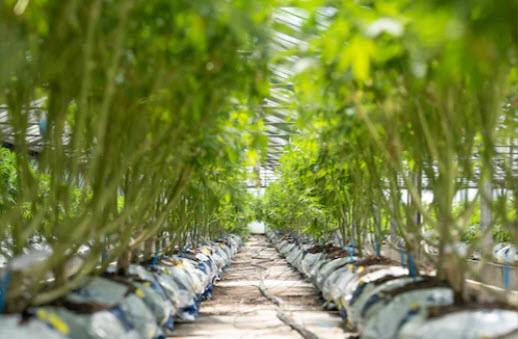As cannabis companies in every country evaluate current market conditions, the smartest and most nimble are looking for new ways of operating, slicing and dicing market share, and streamlining a process that is in desperate need of optimization
Every revolutionary industry goes through cycles – of varying durations and intensities – and it is very clear at this juncture that 2023 (at minimum) is going to be a year of fairly profound industry upheavals, reconfigurations, re-evaluations, flameouts and resets.
There are many places where this is going to be seen, across companies and within them. Here is a brief list of some of these issues.
Market Size and Share Estimates Are Going To Become More Accurate
One of the hardest things to come by, still, is accurate information, on a reliable basis – of just about any real fact in an industry still evolving out of the grey middle ground. Or not, as the case may be. In fact, one of the perennial issues that has yet to be addressed is how to operate as a legit cannabis company and not go broke.
In Canada, the so-called “grey” market (namely legitimate patient collectives) are very much a “threat” to the for-profit industry. Further, this is not a situation which is likely to disappear in any jurisdiction – and that goes for both “medical” and recreational discussions. In the US, multiple multi-state operators have also found that this is an issue – beginning with the great retrenchment from the west coast seen in the last quarter of last year and the first of this one.
In European medical markets, this is also a discussion that is going to get much more interesting and parsed. Savvy medical cannabis distributors and pharmacies are becoming more adventurous and creative in capturing what market share there is already as everyone racks their brains on how to expand what has so far been a fairly small and deliberately strangled market. Insurers are still not copacetic about this plant.
Everyone is also clearly looking ahead to some kind of recreational cannabis reform, no matter whether that actually takes place in the next 12 or 24 months.
That said, generally, the mood is far more conservative and sober than it has been for many moons. The economy generally as well as the cost of borrowing money in a still choppy, interest rates are still on the way up even as it appears that inflation might finally be easing and highly fluid legalization environment all signal caution even as there is also clearly opportunity in the room.
The Great German “Cultivation” Market?
As much as there is excitement about domestic cultivation almost certainly on the table in the aftermath of any recreational reform to proceed in Germany and beyond, there is also disagreement on which strategies appear to be the most financially sound – if not feasible to even be discussed.
There are many forces afoot particularly in North America which will absolutely reconfigure the players at the table as 2023 plays out, including the impact of the Farm Bill Authorization, the increasing legislation against isomers (starting with Delta 8) and prevailing economic winds. There is no way to predict winners or losers accurately, but it is also fair to say that it is already clear that there is blood in the water.
Across the pond, the most realistic way to look at Germany if not Europe’s cannabis industry right now is “in progress.” No matter what kind of recreational reform passes this summer or fall and where (or worst case doesn’t although that is looking more and more unlikely), there is zero way that any recreational market will be ready to sell anything for at minimum 12 months. This also assumes that licensing, cultivation, and downstream production and distribution plans are equally delayed.
The coming recreational reform on the edge of actually happening across Europe will certainly seed new cultivations in multiple countries. How the economics of such cultivation – and for what purpose not to mention where they are ultimately shipped – is another topic.
It is inevitable that there will be overproduction in the EU just as there already has been in the US and Canada. There has already been over importation.
How much of that will happen in the short term, particularly given current economic conditions is, however, another story. Certified cultivation, no matter its ultimate destination, takes capital up front – and that is harder to come by than it was – both because of the path of the cannabis industry so far and because of other economic influences.
A More Competitive Industry
The only sure fire way to make money via investments in the market so far has been to short the industry if not cannabis stocks – if not arbitrage markets where possible. The volatility and inefficiency of and in the entire vertical has dictated that reality so far.
As recreational reform starts to take hold, expect that there will be a whole other creative wave of entering a clearly more and more bifurcated market – even if medical, for now, is the only kind of cannabis to cross national borders.
There are certainly shakeups, flameouts, and consolidations afoot, if not “bankruptcies” such as they are allowed in certain jurisdictions (see the US where the lack of federal jurisdiction is going to feature in many financial discussions across the states this year).
And what is also increasingly clear as 2023 begins to enter spring is that the battering and bruising of the last couple of years has only left those committed for the long term more determined to tighten belts, reconfigure, and get back on the saddle of what is, certainly, still expected to be a bucking bronco of a market.
However, as the saying goes, there is always opportunity when there is blood on the streets.









